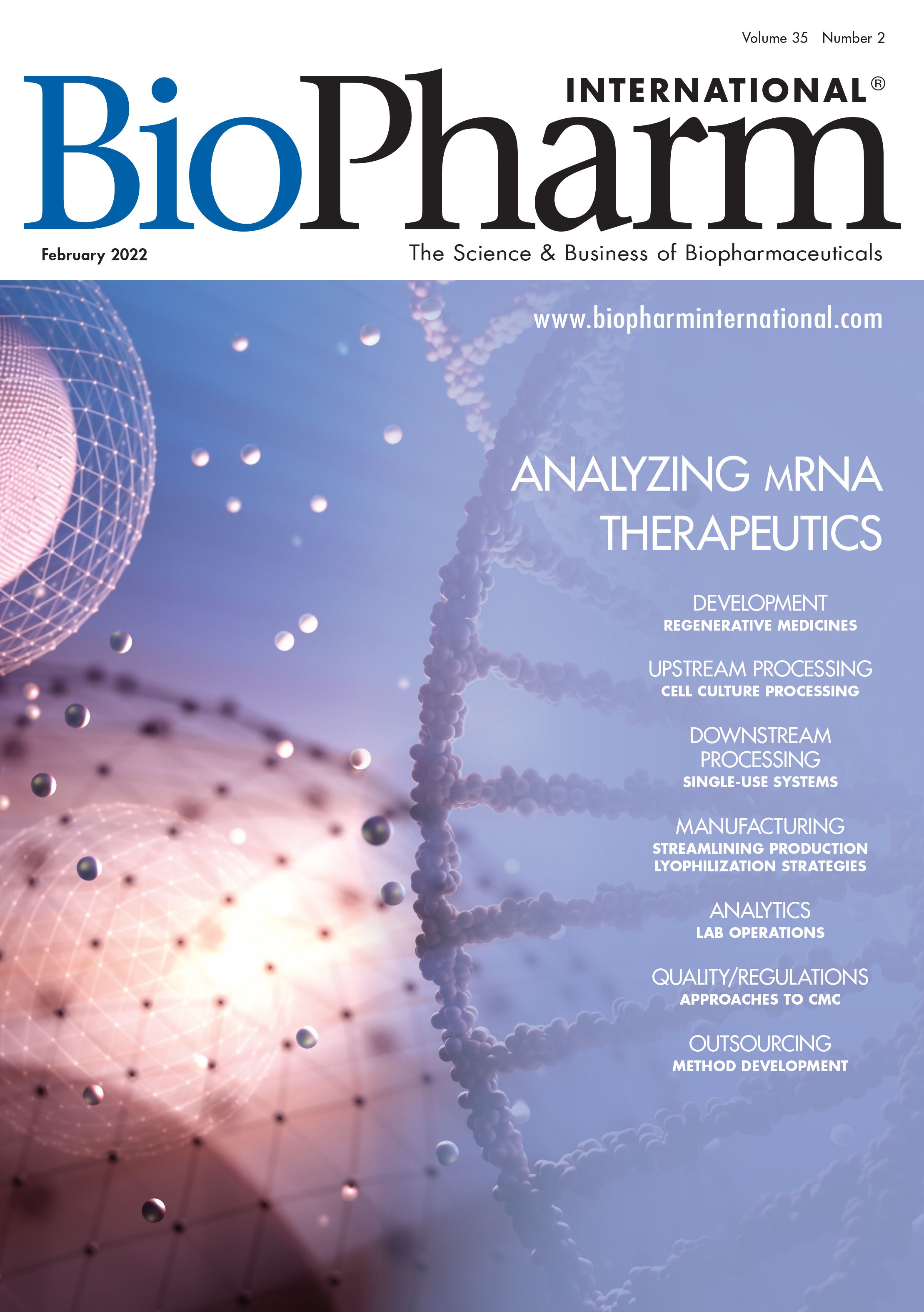According to market research, the size of the outsourcing sector serving the pharmaceutical and biotechnology industries is expected to expand, reaching $99.4 billion by 2028 (1). Demand for outsourced services is being driven by several factors, such as high demand for biologics and small molecules, a lack of in-house expertise, and rising costs associated with in-house development capabilities.
To find out more about how demands have changed for outsourcing partners providing method development services and the trends affecting this sector, BioPharm International spoke with Jerry “Jr.” Mizell, senior director, Analytical Services, Metrics Contract Services.
Changing demands
BioPharm: Could you provide a brief overview of how the demands have changed over the years for outsourcing partners in terms of method development services?
Mizell (Metrics Contract Services): Nowadays, there is an increased demand for sound methods to be developed early in the product life cycle. More customers want rugged and robust methods in place as early in the development process as possible, and they want methods that require minimal changes as their programs advance to commercial phases.
Evolving Demands of Process Development Services
Shifting demands from industry innovators is leading to an increased need for flexible and agile outsourcing partners offering broad and integrated models. In this interview, Xiaoyong Fu, PhD, chief technology officer and head of API Business, WuXi STA, discusses how process development demands have changed.
Based on the experience of Metrics Contract Services, customers also want to develop quality control (QC)-friendly methods that help maximize laboratory efficiency in the commercial phase. Across various methods developed in recent years, dissolution, in particular, has been in the spotlight. A comprehensive approach to dissolution should produce a discriminating method that can demonstrate that an adequate drug product has been manufactured. Current customer expectations also demand a detailed dissolution method development report describing how the dissolution procedure was derived. This is especially important for new drug applications (NDAs).
COVID-19 disruptions
BioPharm:How has demand of outsourced services for method development been impacted by the COVID‑19 pandemic?
Mizell (Metrics Contract Services): While we haven’t experienced a direct uptick in development services requested because of the COVID-19 pandemic, we have experienced supply chain challenges as a result of it. The delays and disruptions to key supplies have made it imperative to execute method development in the most effective means possible to align with clinical timelines.
Choosing a method development partner with vast experience and a proven track record becomes invaluable to customers who need to deliver treatments to patients at speed, while also ensuring that key project deliverables are met.
Call for experience
BioPharm:Have there been changes in expectations as to what an outsourcing partner should be able to provide or accomplish with method development services?
Mizell (Metrics Contract Services): The outsourcing partner, or contract development and manufacturing organization (CDMO), should have a vast array of development experience in solid oral dosage formulations. This experience will allow for expedited development services, especially when challenging formulations are being developed. These challenging formulations may include API loaded on resin or beads and molecules that do not contain chromophores, requiring alternative modes of detections.
CDMOs with experience in charged aerosol detection, evaporative light scattering detection, and refractive index detection for challenging molecules can be the deciding factor in awarding a project. Outsourcing partners with mass spectrometry (MS) capabilities are also at an advantage when impurity issues arise and identification is needed. Cost can be a primary focus for some programs; however, quality assurance and the ability to meet deliverable timelines are also very important qualities, which can often outweigh price differences.
Present and future trends
BioPharm:What other trends have impacted outsourced method development in recent years?
Mizell (Metrics Contract Services): Over the past few years, there has been an increase in the development of poorly soluble small-molecule drug products, which can be extremely challenging when developing a dissolution method. This type of program is challenging because introducing two APIs into the same formulation and combining products, with significantly differing physical and chemical characteristics, means that method development can take on a new level of difficulty.
From a safety perspective, highly potent APIs (HPAPIs) introduce additional challenges, as developers want user-friendly methodologies in place without jeopardizing laboratory staff safety.
BioPharm: In your expert opinion, what trends might we expect to see in the future and why? Also, how might outsourcing partners be best prepared for future demands/industry trends?
Mizell (Metrics Contract Services): There should be more and more Biopharmaceutical Classification System Class II and IV molecules being discovered for evaluation.
Customers should seek outsourcing partners with extensive experience in dissolution development and alternative mode of detection in the event that a molecule does not contain a chromophore. Instrumentation must remain compliant with current industry standards to ensure method expectations are met.
There is also an expectation that future demands will call for methodology development for nitrosamine assessments, and the ability to meet FDA (and other regulatory bodies’) requirements for NDA filings and current commercial products on the market. This methodology requires MS, which if not currently available at a CDMO, may become a worthwhile investment to offer to customers. As with elemental impurities, this requirement will not go away and will only face increased scrutiny as time passes.
Reference
1. ReportLinker, Biotechnology and Pharmaceutical Services Outsourcing Market Size, Share, and Trends Analysis Report by Service, by End Use, and Segment Forecasts, 2021–2028, Market Report (November 2021).
About the Author
Felicity Thomas is the European editor for BioPharm International.
Article Details
BioPharm International
Vol. 35, No. 2
February 2022
Pages: 37–39
Citation
When referring to this article, please cite it as F. Thomas, “Method Development in Demand,” BioPharm International 35 (2) (2022).

